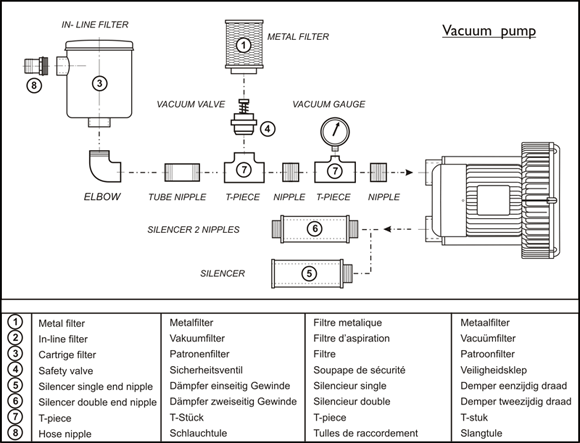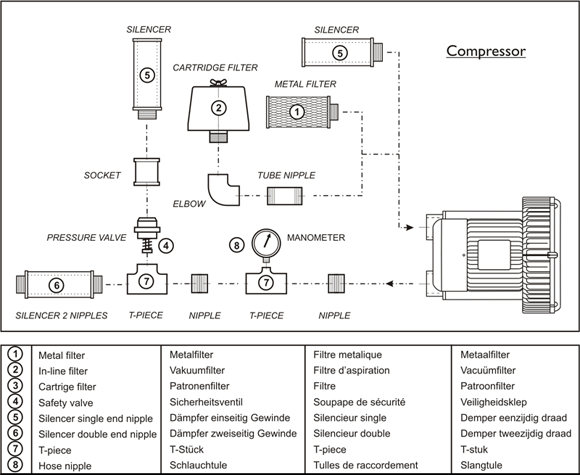Videos
Here you will find a number of videos about construction, maintenance and use of our products.



This tutorial is all about controlling the blower capacity. How to install and set up variable frequency drives for side channel blowers? This will be explained on the basis of three application examples and there will be put one into operation. This tutorial is full of helpful tips for the beginner and expert.
ELECTRICAL PARTS: 8153DB540 Dutair side channel blower; 17IN9560 ECO OPTIDRIVE HVAC IP66 Main switch 9.5A; 18PUR4G4S Shielded PUR 4 G 4 + (2 x 1,5); 18GM25EMC EMC glands M25 x 1,5; 18NM25EMC EMC gland nuts M25 x 1,5; 18PVC5G1 Shielded PVC data and signal cable 5G x 1,00; 18GM20EMC EMC glands M20 x 1,5; 18NM20EMC EMC gland nuts M20 x 1,5; Emergency stop red and green LEDs
MECHANICAL PARTS: 86TDB040040 Vibration dampers B 40/40 M8; 86060748 Bend Stainless Steel G2"; 8603232005 Socket Stainless Steel, G2" x 55 mm; 82FS231P201 Suction filter/ silencer G2"; 8603122010 Tube nipple Stainless Steel, G2" x 100mm; 86041220 T-piece Stainless Steel, G2"; 8604412005 Reduction ring Stainless Steel G2" x G½; 82MA100D4 Manometer 100mm, 0 - 400 mbar G½"; 86060928 Hose tail Stainless Steel G2"; 37SLSV84 Spiral reinforced hose G2"; 82DL305 Air Knife 305 mm, air slot 1 mm; hose clamps




